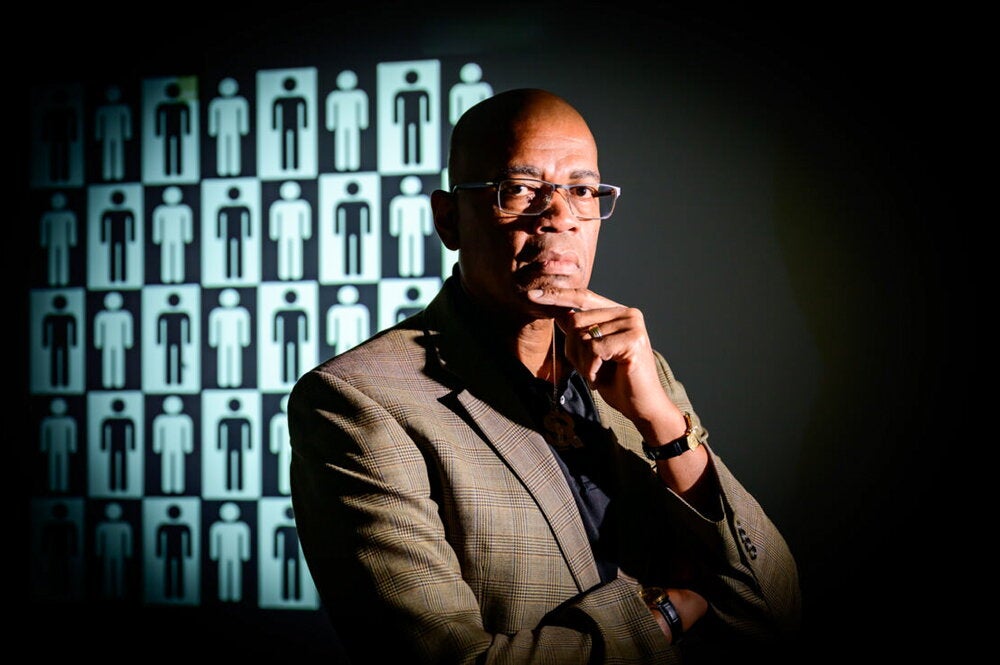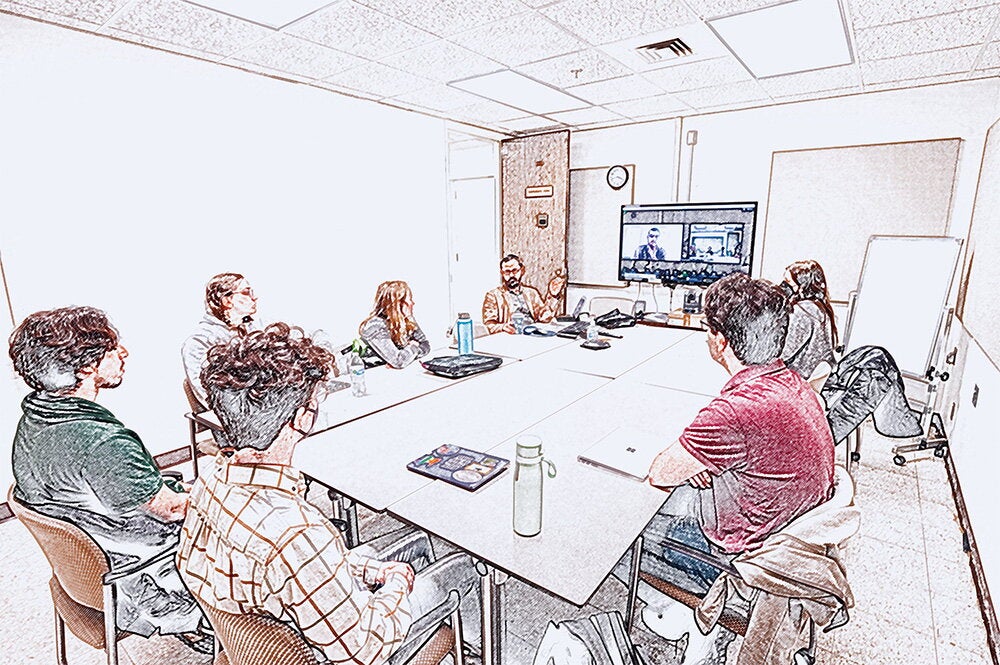

Cynthia Buckley is an Illinois sociology professor and demographer, and a co-leader of a U.S. Department of Defense-funded project looking for keys to stability and security in Ukraine and two other former Soviet republics, Estonia and Georgia. She spoke with News Bureau business and law editor Phil Ciciora about Ukraine’s humanitarian and infrastructure crises.
How much international aid will be necessary to repair Ukraine? Will it require a latter-day Marshall Plan from the U.S. and Europe?
It won’t be quite at the level of the post-World War II Marshall Plan, but we’ll eventually need something similar for Ukraine.
The destruction of Ukraine is both widespread and of long-term significance. The use of cluster bombs, indiscriminate shelling, and the targeting of residential areas has wrought substantial damage. Perhaps most notable is the destruction of the southeastern city of Mariupol, which included the direct bombings of municipal buildings clearly marked as children’s shelters and a maternity hospital, resulting in massive civilian casualties (and) extensive destruction of humanitarian infrastructure and privately held housing. The northern city of Kharkiv, which is predominantly Russian speaking, has endured extensive damage, including the complete destruction of the physical campus of Karazin University, one of the country’s leading institutions of higher learning.
The damage sustained by Ukraine to date will require years of rebuilding efforts in both urban and rural locations – and the scope of those rebuilding efforts will be massive. Reestablishing energy grids, sanitation and water systems will be of urgent importance given widespread health concerns. The damage to the health care infrastructure such as hospitals and health clinics will be a particularly critical area to address.
Once secure humanitarian corridors are brokered between Ukraine and Russia, broad-based investments by the U.S., the EU, and NATO member states as well as other donors will be necessary to secure delivery of health supplies, support providers, and treatment sites in urban areas devastated by missile attacks.
With that said, it could be a long time before that happens.
Ukraine was already dealing with displaced citizens in the eastern part of the country before the Russian invasion. How will the current countrywide conflict exacerbate those problems?
Displacement, sadly, is a long-term challenge and a costly one.
At the height of the earlier conflict in the eastern part of Ukraine, there were approximately 1.9 million internally displaced people. Overall, the internally displaced population was concentrated in the eastern regions of the country, within the government-controlled areas but near the line of conflict between Ukrainian forces and those of the proclaimed Luhansk People’s Republic and the Donetsk People’s Republic.
Those regions were already weakened, but the recent Russian invasion has been particularly devastating to eastern districts of Ukraine, where more than 20 percent of the nation’s wheat was produced between 2016-20. International agencies were unable to access the eastern region until after March 10 to survey the effects of the war, prompting a tripling of the estimation of new internal displacement in Ukraine from 1.9 million to approximately 6.5 million since February.
Obviously, the situation will likely only get worse.
What are the wider consequences of this conflict in terms of civilian deaths, serious injuries, and displacements of families?
The effects are simply catastrophic and will continue long after the current conflict ends. Millions of civilians have successfully fled the country in a very short period, thanks in large part to the remarkable support provided by neighboring countries such as Poland, Hungary, Romania, Slovakia, and Moldova. Millions more have been displaced within Ukraine, often seeking refuge in the western regions of the country, closer to borders and refugee crossings.
The U.S. has announced plans to welcome up to 100,000 Ukrainian refugees. That’s commendable, but it’s not going to move the needle all that much when you’re talking about millions of displaced citizens.
The loss of private wealth in Ukraine is and will continue to be staggering, with thousands of housing units destroyed. At present, the most extensive damage is concentrated in the eastern locations, but as the Russian bombings continue, it’s likely to get worse throughout the country.
As of mid-March, U.N. agencies estimated nearly 1,000 deaths and more than 1,500 injuries among civilians for all of Ukraine, including the two breakaway regions in the east. While civilian casualties have been surprisingly low, there’s broad consensus that war-related injuries and deaths have been severely undercounted.
Another troublesome element has to do with the fracturing of families during the conflict, with many parents sending children outside the country for safety while remaining themselves to join in the resistance to the Russian invasion. With colleagues in Ukraine, we are preparing to conduct focus groups with these parents to better understand the factors driving their decision-making processes and document their concerns for the safety of themselves and their children.
What impact will damage to critical health care infrastructure have in Ukraine at present and in the future?
It’s going to be a very steep climb in that the Ukrainian health care infrastructure was already badly damaged before the Russian invasion.
Even back in 2016, at the peak of displacement in the Donbas region, concerns were raised over Ukraine’s regional health care capabilities, as early estimated losses of health care professionals in government-controlled regions of the southeast ranged from 30-70 percent during the early years of the conflict.
As the COVID-19 pandemic grew during 2020-21, officials in the breakaway regions encouraged bans against international health agencies and focused on internal and Russian-provided health care for their residents. Simultaneously, the Ukrainian government placed responsibility for health care in the breakaway regions on Russia, which had targeted Ukraine with propaganda against COVID-19 vaccines, amplified COVID-19 conspiracy theories and continued to provide negative messaging on the quality of Ukraine’s health care services and supplies.
In the long term, the damage to the health care sector leaves Ukraine ill-equipped to face the physical and mental traumas experienced by civilians and the military alike, and woefully unprepared for the waves of returning refugees. Further deterioration of the health care system will only amplify the challenge of post-conflict reconstruction efforts and leave it vulnerable to more Russian disinformation campaigns in the future.


